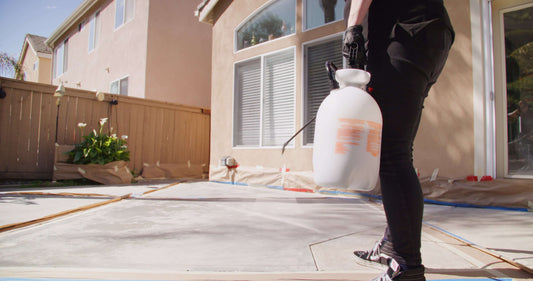Concrete restoration is a process used to repair and restore deteriorated concrete structures to their original condition. This method is essential for maintaining the integrity and safety of buildings, bridges, and other concrete surfaces.
What causes concrete deterioration?
Concrete deterioration can be caused by various factors, including exposure to harsh weather conditions, chemical damage, corrosion of reinforcing steel, and poor construction practices. Over time, these factors can lead to cracks, spalling, and other forms of damage.
How does concrete restoration work?
Concrete restoration typically involves several steps. First, the damaged concrete is assessed to determine the extent of the deterioration. Then, any loose or deteriorated concrete is removed, and the surface is prepared for repair.
Next, the damaged areas are repaired using specialized materials such as epoxy injections, polymer overlays, or cementitious coatings. These materials help restore the structural integrity of the concrete and protect it from further damage.
Finally, the repaired areas are finished to match the surrounding concrete, ensuring a seamless appearance. Proper curing and maintenance are also essential to ensure the longevity of the restored concrete.
Benefits of concrete restoration
Concrete restoration offers several benefits, including extending the lifespan of concrete structures, improving their appearance, and enhancing their structural integrity. By addressing damage early on, concrete restoration can help prevent more extensive and costly repairs in the future.
Additionally, concrete restoration is a sustainable practice that can help reduce the environmental impact of replacing concrete structures entirely.
Overall, concrete restoration is a crucial process for maintaining the safety and longevity of concrete structures. By understanding how concrete restoration works, property owners can ensure the continued durability and functionality of their concrete surfaces.




